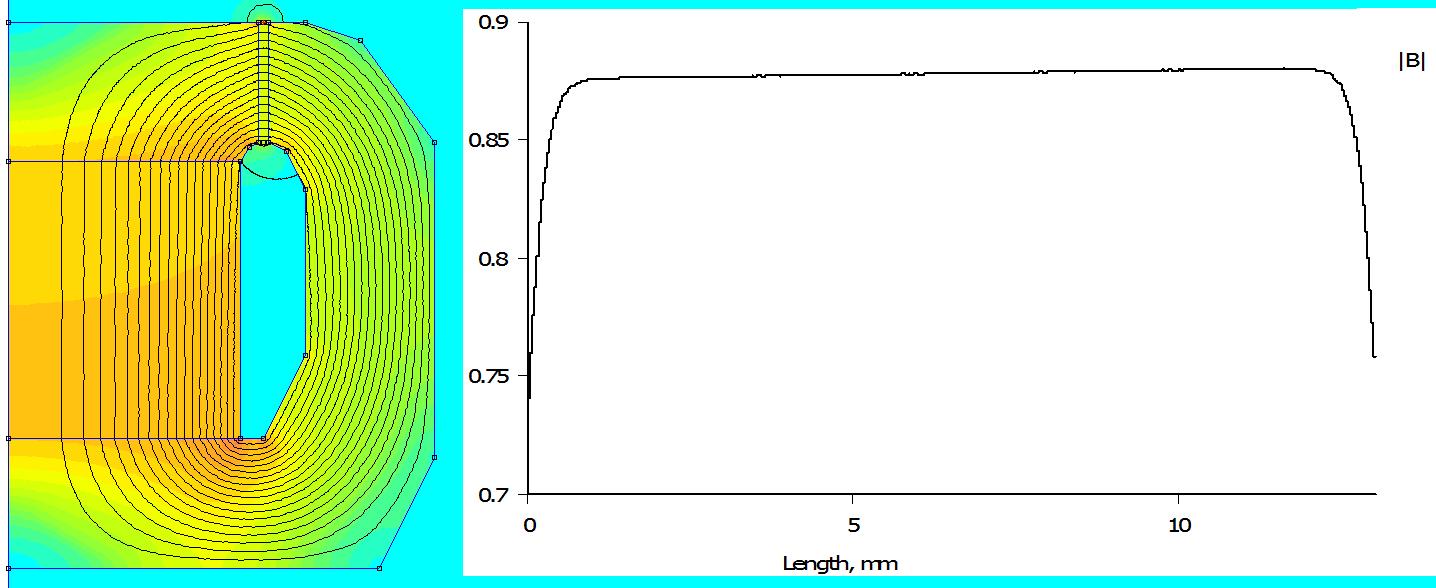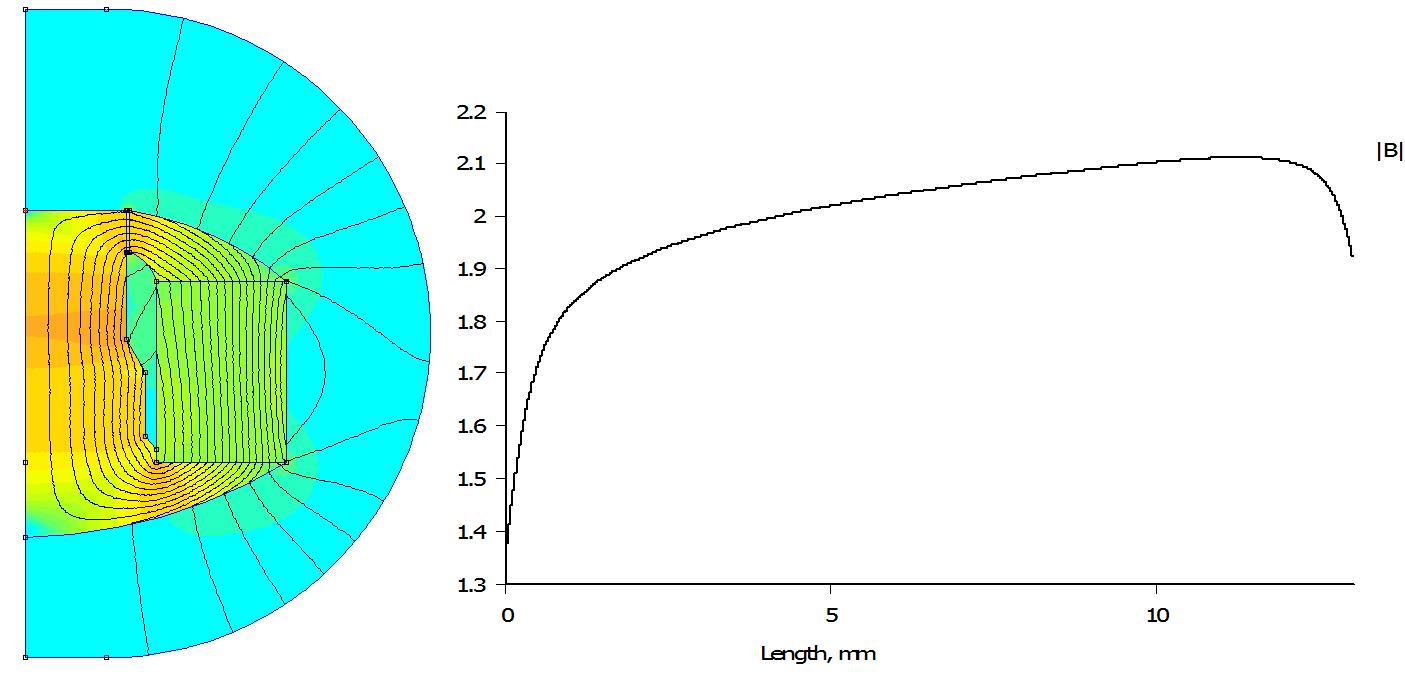Rerurn to Romy the Cat's Site
In the Forum: Audio Discussions
In the Thread: The sound compromises of high efficiency direct radiators.
Post Subject: The sound compromises of high efficiency direct radiators.Posted by haralanov on: 1/5/2009
fiogf49gjkf0d
In the thread “Exceptional loudspeakers drivers” Paul S. wrote:
"LOTs of time pretty much wasted lately, looking at "HE" direct-radiator drivers that are actually only HE at their uppermost frequencies, with diving responses and large-to-huge power "ratings" that allow the "pros" to simply turn up the heat to get anything approaching LF via ANY means. Also, and at least as annoying, even smaller upper bass/mid drivers have the same rising-with frequency curves that make their "efficiency ratings" silly, at least in practical terms, or when viewed in the context of HE and/or the putative useage of the driver in question."
Unfortunately, this is always the case with high BL drivers, because the back EMF which is generated by the movement of driver’s voice coil is too high and it acts as a electromagnetic break for the excursion of moving parts at lower frequencies. Direct radiators with too high magnetic flux or too long voice coils (having more turns) do not have “proper” balance between fundamentals and harmonics and that’s the reason why they sound so dry and thin if they are not horn loaded. The key is to have optimum BL factor and only then the driver will have good tone. This is always the case, especially with bass drivers. I laugh very loud each single time when I see somebody use woofers with 1,5-1,8T in the gap as wide range direct radiators. That’s the worst case because people read in the the driver’s specifications it has 98+ dB sensitivity but they do not know that this number is valid only at the upper range of the driver’s bandwidth. The result bass which is more dry than Sahara wind at 3p.m. at the summer, which is very very far from the real acoustic bass, but the morons seems to love it… Ironically to get a good sound of HE direct radiator is not an easy task and may be it’s even impossible if the driver is used in more than 2 octaves.
Let look deeper at the subject and analyze the different ways for achieving high efficiency.
1) To raise the diaphragm diameter. This way the efficiency of the lower octaves is raised, but the good sound in upper spectrum gets killed, because the break-up of a large diameter membrane is always lower in frequency compared to a small diameter one. The resulting frequency response seems good on paper but in reality the reproduced sound is not music related any more cause there are a lot of low amplitude resonances thus the driver becomes tonally blind at HF.
2) To lower the moving mass. If the diaphragm/voice coil former are made thinner, we have issues with mechanical rigidity, thus instantly killing the transparency of upper frequencies. With lowering Mms, the resonance frequency gets higher, so actually this method lowers the efficiency in the bottom octaves.
3) To use more powerful magnet system. If the main objective in driver design is maintaining low distortion levels, it is not possible to achieve linear magnetic flux across the whole length of the magnetic gap and in the same time having high flux density. Lowering the distortion levels to an absolute minimum is only possible if the voice coil always “see” constant magnetic flux in it’s Xmax limits. The only solution for this to be valid is using underhung design. But this method eats sensitivity because 40-50% of the flux is not used at all. Let look at the the illustration below. Magnet system is designed to be very linear, while in the second illustration (magnetic circuit design courtecy of Steen Duelund) the design objective is achieving very high flux. Both of the designs has 13mm high gap (1mm wide).


The linearity differencies between the two magnet systems is obvious.
4) To use a voice coil with more turns. Unfortunately this is also compromise because this way moving mass gets higher. The only alternative is to use thinner conductors but this way the dynamic compression is happening even at few watts of power in the coil and the driver have good sound only at low levels.
5) To use softer suspensions. Ohh... :-) This way the driver will have higher amplitude at lower frequencies but there will be issues with damping of the cone movement. Listen to loudspeakers build around Accuton bass drivers and you will understand why this is not acceptable.
So it is very very very hard to design a really good sounding and capable driver, used as direct radiator, and at the same time to have high sensitivity… Here comes the horn-loading and suddenly all of the above mentioned problems gets suddenly evaporated :-)
Best Regards,
Petar
Rerurn to Romy the Cat's Site